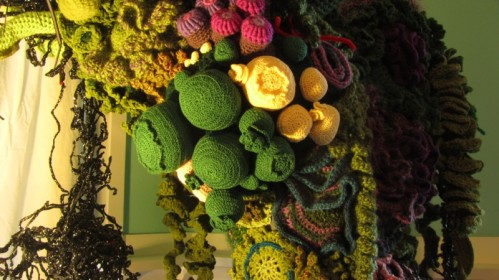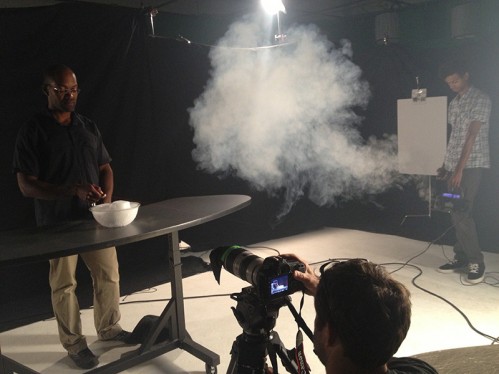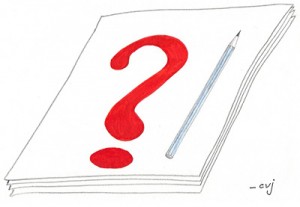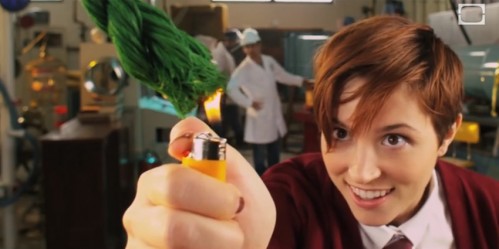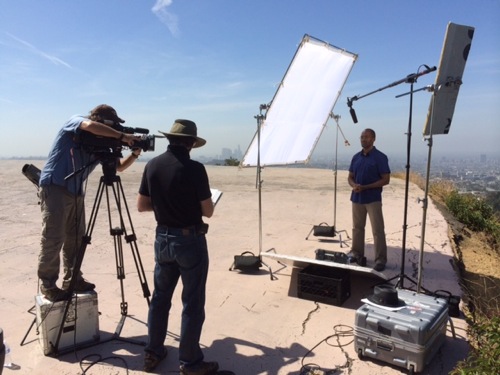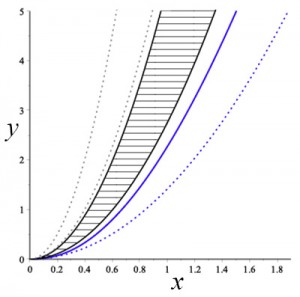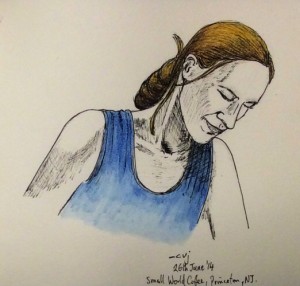 The conference is really rather good, with a varied program involving topics and speakers from all over the map. This includes the parallel sessions we had on Wednesday, which were held down at the Institute. Those were a lot of fun, because of the dodging back and forth between different auditoria at the IAS to get to talks of interest. I was chairing one of the sessions, and so did not get to dodge about in the first 90 minutes, and had to miss some interesting talks, but did a little talk-surfing in the second 90 after the break.
The conference is really rather good, with a varied program involving topics and speakers from all over the map. This includes the parallel sessions we had on Wednesday, which were held down at the Institute. Those were a lot of fun, because of the dodging back and forth between different auditoria at the IAS to get to talks of interest. I was chairing one of the sessions, and so did not get to dodge about in the first 90 minutes, and had to miss some interesting talks, but did a little talk-surfing in the second 90 after the break.
It had been many years ago now since I began to talk about there being a need for parallel sessions at strings conferences. Some people would object to them, saying that it would somehow be damaging to the field’s connected nature, where everyone is following many strands and topics in the field. To me that concern was always balanced by the problem of only having a small cluster of people and ideas represented each year due to the constraints of only having five days to present the activity of such a diverse population of researchers in the field. The main objection to having parallel sessions were, to my mind, based on a view of the field left over from when the field was smaller in terms of both people and thriving ideas. I think the conference organizers this year found a way of combining the two models rather well, with the single afternoon of parallel sessions, along with well chosen sets of half hour talks for the main sessions where we all sit together, roughly grouped by themes. There were three one hour big marquee plenary/summary talks. Theses are really useful. If I were to make a change, I’d perhaps have four or five of those, putting the two half hour talks that were displaced into the parallel section.
There is a two hour session of “Vision Talks” this afternoon. Should be interesting to hear what is said. We will perhaps get some good discussion going about where various ideas may be headed. I hope there is a lot of audience participation.
Poster sessions and the “gong show” were also great things to have as part of […] Click to continue reading this post →
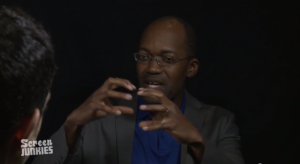 You may recall that back in June I had a chat with Hal Rudnick over at Screen Junkies about science and time travel in various movies (including the recent “X-Men: Days of Future Past”). It was a lot of fun, and people seemed to like it a lot. Well, some good news: On Tuesday we recorded (along with my Biophysicist colleague Moh El-Naggar) another chat for Screen Junkies, this time talking a bit about the fun movie “Guardians of the Galaxy”! Again, a lot of fun was had… I wish you could hear all of the science (and more) that we went into, but rest assured that they* did a great job of capturing some of it in this eight-minute episode. Have a look. (Embed below the more-click):
You may recall that back in June I had a chat with Hal Rudnick over at Screen Junkies about science and time travel in various movies (including the recent “X-Men: Days of Future Past”). It was a lot of fun, and people seemed to like it a lot. Well, some good news: On Tuesday we recorded (along with my Biophysicist colleague Moh El-Naggar) another chat for Screen Junkies, this time talking a bit about the fun movie “Guardians of the Galaxy”! Again, a lot of fun was had… I wish you could hear all of the science (and more) that we went into, but rest assured that they* did a great job of capturing some of it in this eight-minute episode. Have a look. (Embed below the more-click):

